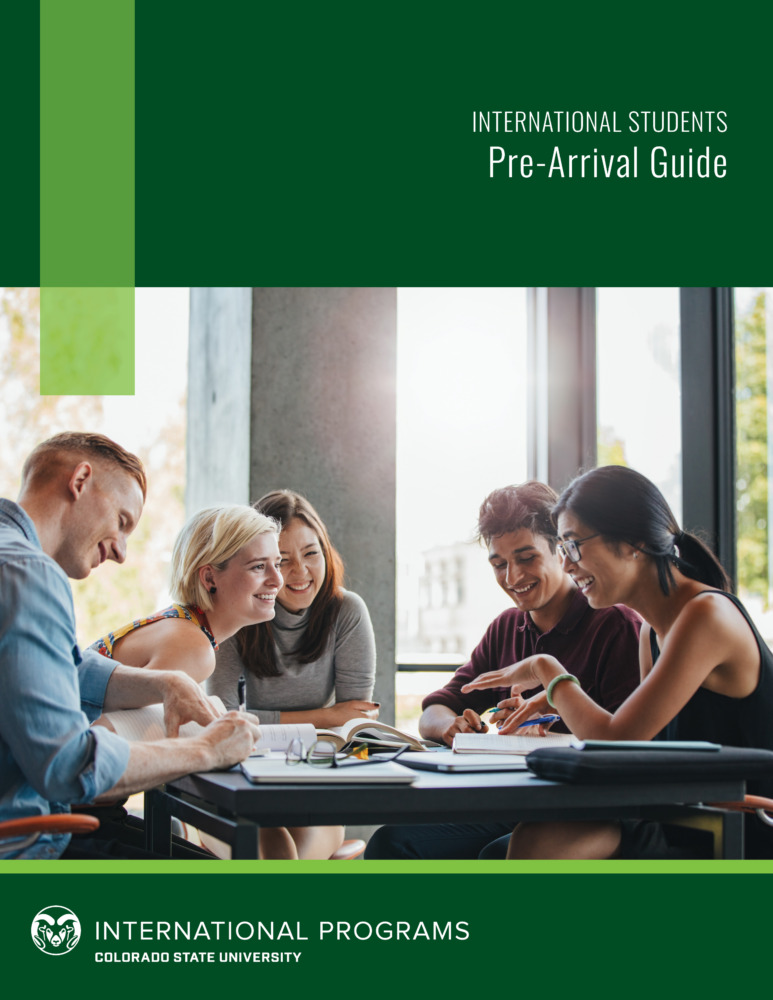Congratulations on Your Admission to CSU!
Here is your pre-arrival guide! You will be referencing this often as you prepare for arrival. You may access the entire guide by clicking the image below; you may also download the file for future reference.
